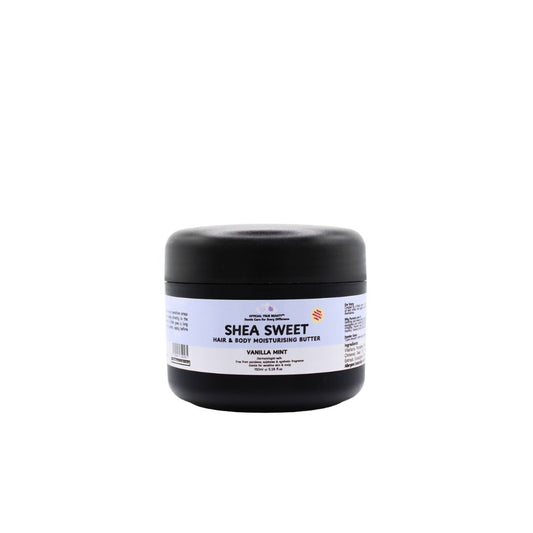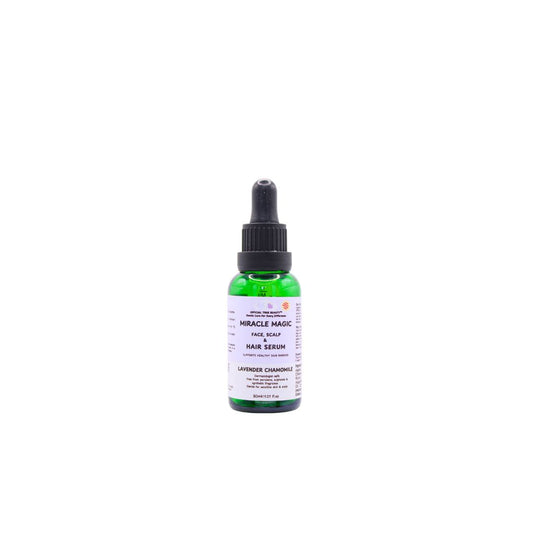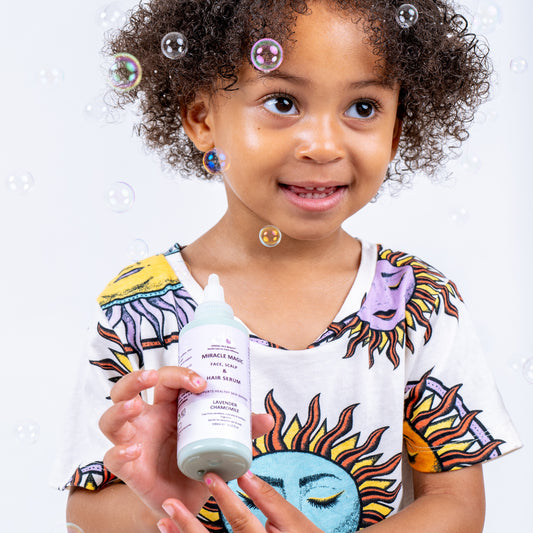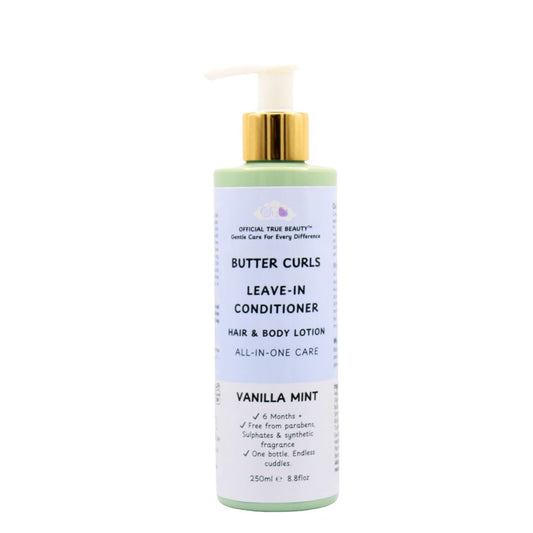
Dealing with Cradle Cap and Dry Skin
Cradle cap and dry skin are common in newborns and toddlers. While generally harmless, cradle cap can persist, and dry skin may cause irritation. Understanding the causes helps parents manage these issues effectively.
What Causes Cradle Cap and Dry Skin?
Cradle cap is caused by the build-up of dead skin cells mixed with natural scalp oils. Dry skin can appear on the scalp, face, or body due to environmental factors, genetics, or mild skin sensitivities.
Managing Cradle Cap and Dry Skin
- Gently massage the scalp with fingertips or a soft brush to loosen flakes.
- Wash hair 2–3 times per week using a mild, sensory-safe cleanser.
- Apply a lightweight oil to dry patches to moisturise and reduce flaking.
- Avoid harsh soaps, alcohol-based products, or strong fragrances that irritate skin.
Daily Skin Care
- Use gentle moisturisers after bathing to hydrate sensitive skin.
- Focus on prone areas such as elbows, knees, cheeks, and scalp.
- Choose products free of harsh preservatives or artificial fragrances.
What Not to Do
It can be tempting to pick at flakes, scrub vigorously, or wash hair daily to remove cradle cap or dry skin. These actions may:
- Cause irritation, redness, or tiny abrasions on the scalp.
- Remove natural oils, which can worsen dryness or flaking.
- Trigger discomfort and stress, making future care routines more challenging.
Instead, stick to gentle techniques and consistent routines. Patience is key — flakes often improve over time with mild care.
Miracle Magic: Softens dry scalp and reduces flakes for comfortable care.
Butter Curls: Locks in hydration on hair and skin without heaviness, suitable for sensitive skin.
Tips for Comfort
- Use lukewarm water to prevent additional dryness.
- Pat skin dry instead of rubbing.
- Maintain consistent routines to reduce sensory stress.
Final Thoughts
With gentle techniques, consistent routines, and appropriate products, cradle cap and dry skin can be managed effectively. Observing your child’s reactions ensures comfort and healthy hair and skin.








